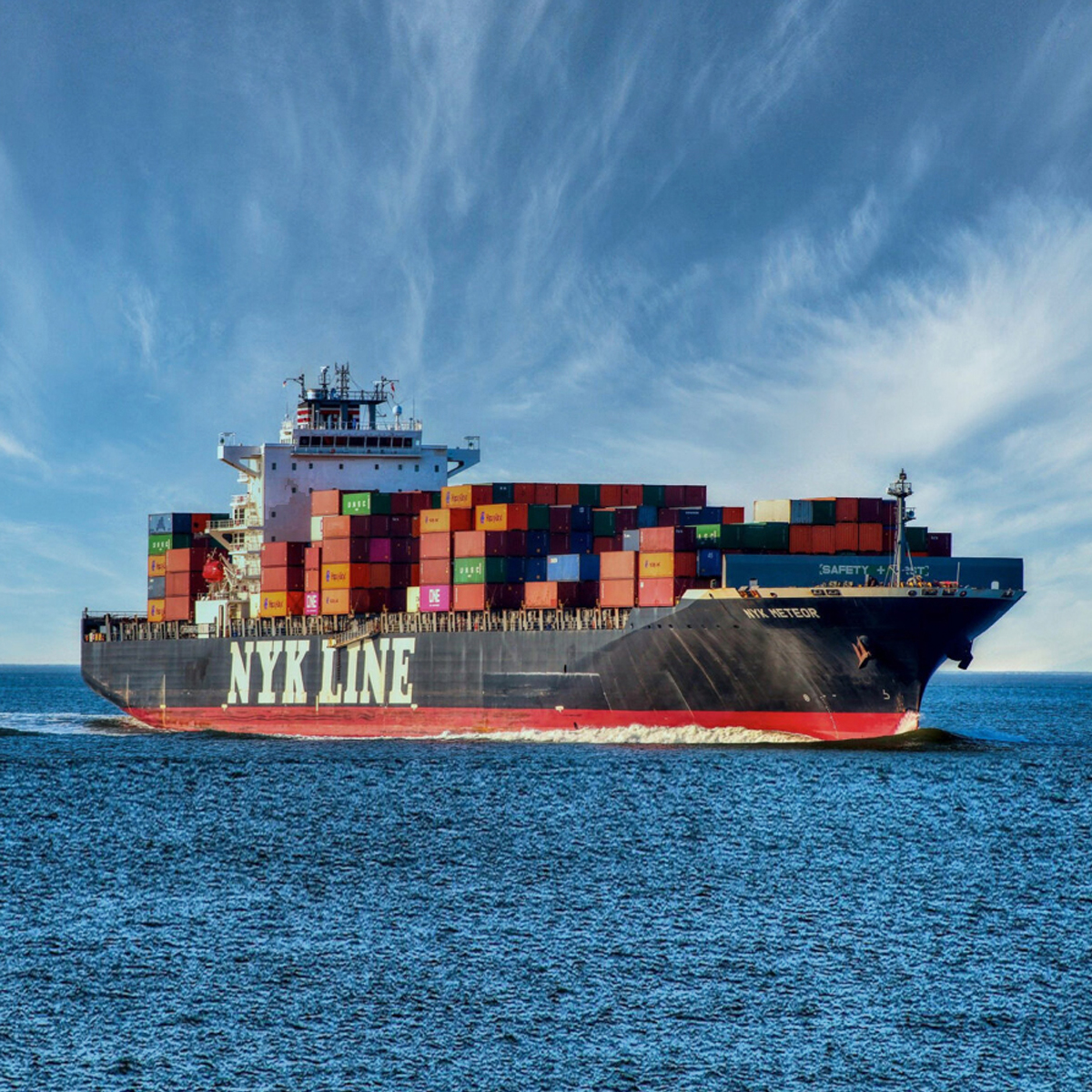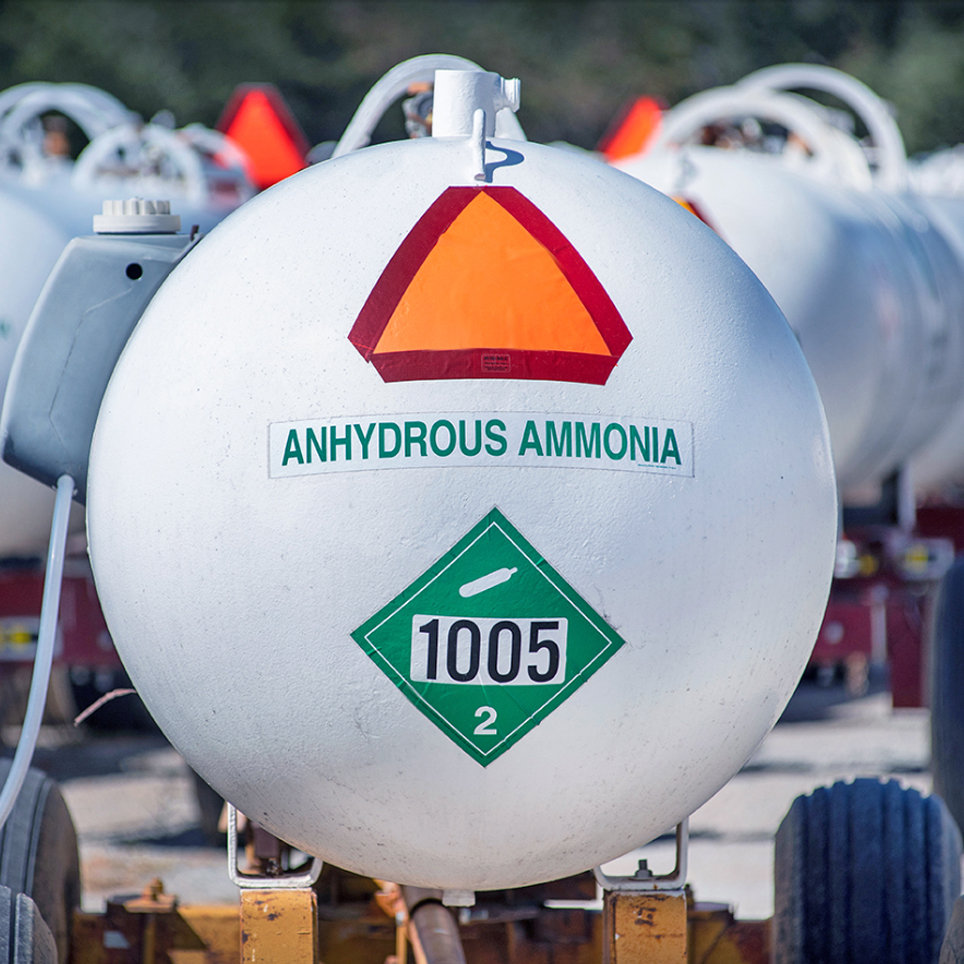Ammonia (NH3) is a colourless, pungent gas composed of nitrogen and hydrogen with a distinct odor and is a chemical building-block and a key component in the manufacture of many products people use every day. It occurs naturally throughout the environment in the air, soil and water and in plants and animals, including humans. The human body makes ammonia when the body breaks down foods containing protein into amino acids and ammonia, then converting the ammonia into urea. In certain combinations with other products, e.g. chlorine it can produce toxic gases.
Ammonia is also a basic building block for ammonium nitrate fertilizer, which releases nitrogen, an essential nutrient for growing plants, including farm crops and lawns.
About 90 percent of ammonia produced worldwide is used in fertilizer, to help sustain food production for billions of people around the world.
The production of food crops naturally depletes soil nutrient supplies. In order to maintain healthy crops, farmers rely on fertilizer to keep their soils productive.
Fertilizers also can also help increase levels of essential nutrients like zinc, selenium and boron in food crops.

Ammonia is also widely used in various industry sectors. When used as a refrigerant gas and in air-conditioning equipment, ammonia can absorb substantial amounts of heat from its surroundings. Ammonia can be used to purify water supplies and as a building block in the manufacture of many products including plastics, explosives, fabrics, pesticides and dyes. Ammonia also is used in the waste and wastewater treatment, cold storage, rubber, pulp and paper and food and beverage industries as a stabilizer, neutralizer and a source of nitrogen. It also is used in the manufacture of pharmaceuticals.
Annual ammonia demand could increase by 670 to 946 million tonnes and represent a potential 5 USD trillion market up by 2050
Ammonia market opportunity million tonnes ammonia

A recent survey of shipping sector stakeholders by Lloyd’s List – the maritime publication – and Lloyd’s Register identified ammonia as one of the top three fuels with potential for 2050. The survey showed the industry expect ammonia usage to grow to 7% of fuel by 2030 and 20% by 2050. Ammonia is also central to several national decarbonisation strategies.
For example, Japan plans to expand ammonia fuel use to three million tonnes per year by 2030. As ammonia contains no carbon it does not emit any CO2 when used to fuel an internal combustion engine.
This creates the potential for truly zero carbon propulsion. An additional small quantity of pilot fuel is required for combustion however, which should also be zero carbon.
Ammonia is often compared with hydrogen.
Both are stored in liquid form, hydrogen requiring cryogenic tanks maintained at -253°C, while ammonia requires less cooling and can be stored at temperatures of around -33°C.
Ammonia is manufactured from hydrogen, so for zero carbon ammonia sustainable hydrogen is needed, manufactured using renewable energy.
